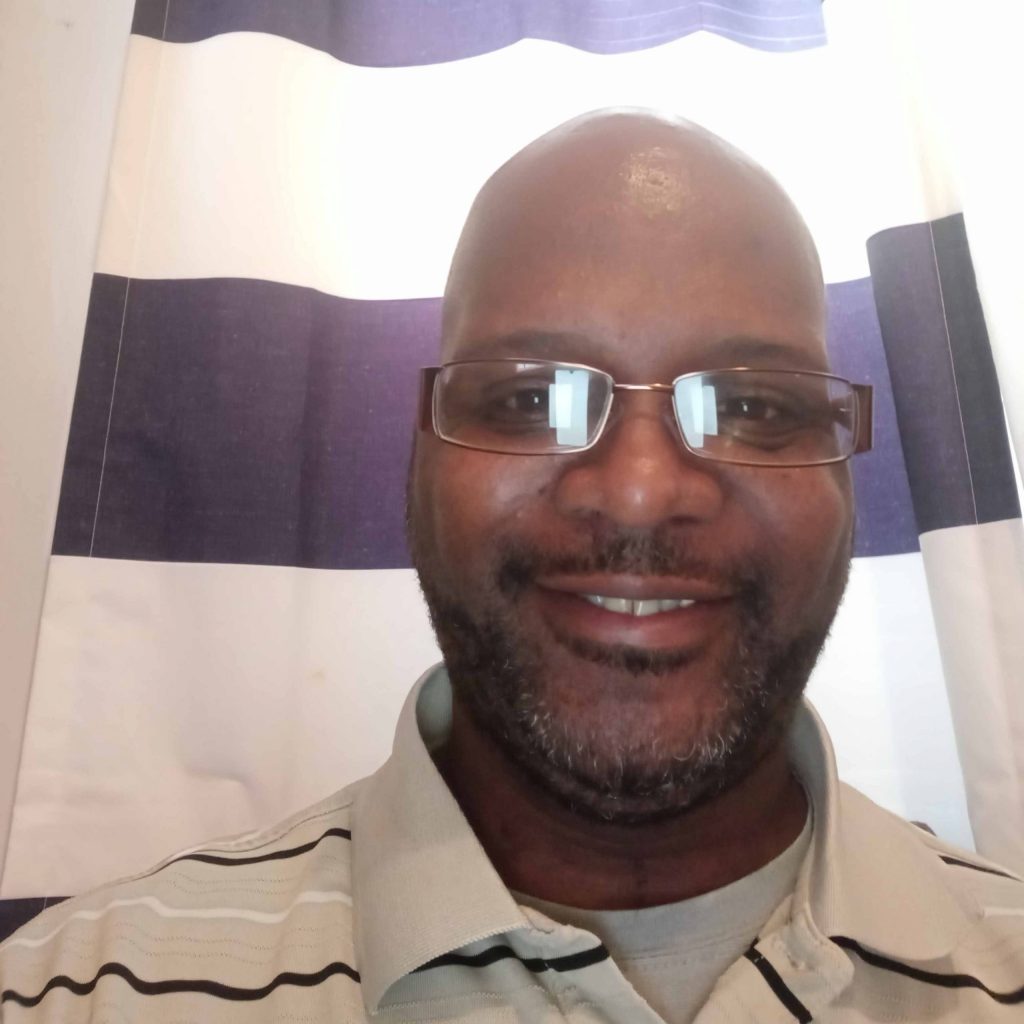
Peer support encompasses a range of activities and interactions between people who share similar experiences of being diagnosed with mental health conditions, substance use disorders, or both, as well as lived expertise. As a peer supporter, you are involved with individuals from diverse backgrounds who need your honest help, guidance, and assistance.
Peer support workers are people who have been successful in the recovery process and then help others experiencing similar situations. Through shared understanding, respect, and mutual empowerment, peer support workers help people become and stay engaged in the recovery process and reduce the likelihood of relapse. Peer support services can effectively extend the reach of treatment beyond the clinical setting into the everyday environment of those seeking a successful, sustained recovery process.
The peer support movement of the 1970’s was a social movement that empowered former mental health service users to help one another and to advocate for themselves. Peer support is gaining momentum and recognition in the sectors of behavioral health, peer-run-organizations, recovery community centers and organizations, criminal justice settings, primary care settings, child welfare agencies, homeless shelters, and veteran support services.
Peer-to-Peer Support is a phenomenon that was coined in the behavioral health field at the Yale School of Medicine in the late 18th century in France (Tang, 2023). Professionals in community mental health were among the first to advocate for the integration of peers into primary care settings. While the mental health profession was slow on the uptake of peer support, widespread attention came in the 19th and 20th centuries, which was when the philosophy was rapidly and widely adopted by the community of mental health consumers. The mental health consumer/survivor movement has been a driving force behind the dissemination, adoption, popularization, and growth of peer support (Tang, 2023).
In the 1970s, big state hospitals across the country were being closed, releasing patients with severe mental health challenges into the community with inadequate transitional support. Simultaneously, patients began to speak out about systematic mistreatment and denial of civil liberties while under the care of state mental hospitals. Once released, former patients sought relief through autonomous peer and mutual support groups, which helped empower individuals as well as the community.
The term ‘peer” is used here rather than “consumer.” The latter implies support services provided by someone who is or has been a recipient of professionally directed treatment services. In the addictions arena, recovery support services may be provided by persons in recovery, or otherwise defined as an ally by those receiving help, who have not been “consumers” of treatment services. Use of the term “peer” rather than “consumer” reinforces that there are multiple pathways to recovery, not all of which involve professionally directed addiction treatment, and affirms an identity linked to a community of recovering people rather than a treatment institution (White, 2004).
Peer support functions to complement but does not duplicate or replace the roles of therapists, case managers, or other members of the treatment team.
Peer support workers can help break down barriers of experience and understanding, as well as power dynamics that may get in the way of working with other members of the treatment team. The peer support worker’s role is to assist people with finding and following their own recovery paths, without judgment, expectation, rules, or requirements.
There is no single ingredient that is required or that guarantees success, but frequent components of successful peer support programs (I have effectively implemented all these components as a peer supporter) includes (SAMSA, 2023):
Furthermore, as a peer supporter, I was involved in almost every aspect of the individual lives by encouraging each person to make their own sound decisions that would provide the best outcome for that individual. Over the years working with the same individuals, I learned to stay consistent by walking along side of the individual and provide the necessary resources, opportunities, and support they may need. Also, I need to have a great understanding of trauma informed practices to remain cognizant not to re-traumatize the individual. This consistency solidified my resilience in why I wanted to make a difference in peoples’ lives that were just like me, but did not have healthy supports, resources, confidence, and encouragement that recovery is sustainable, possible, and daily.


Dr. Ricardo Anderson is a Certified Recovery Support Specialist (CRSS), a co-facilitator of a recovery group for all types of addictions, serves on the Executive Board for WISE as well as the Leadership Board for Peer Professionals. He is an advocate to help eliminate the stigma of mental health among individuals, the community and people of color.